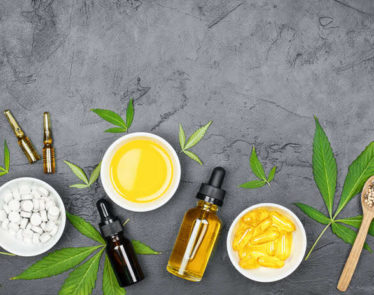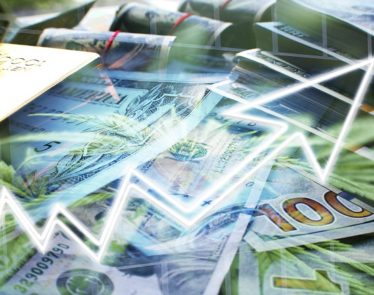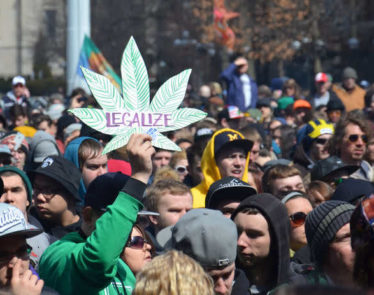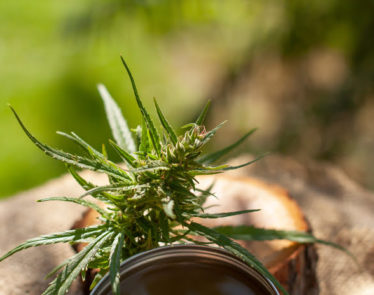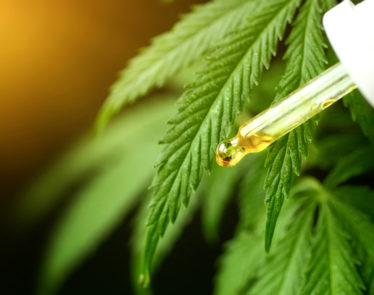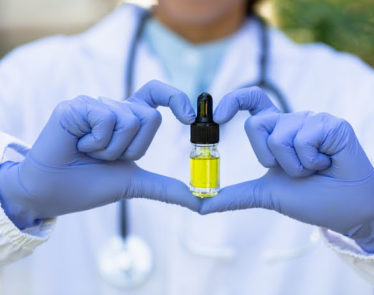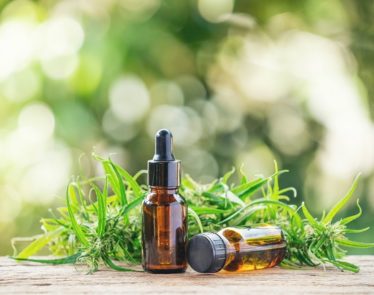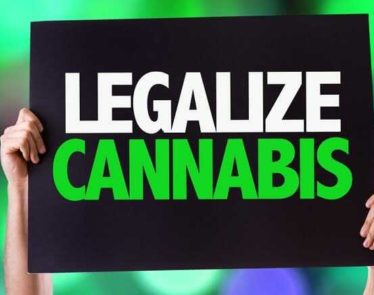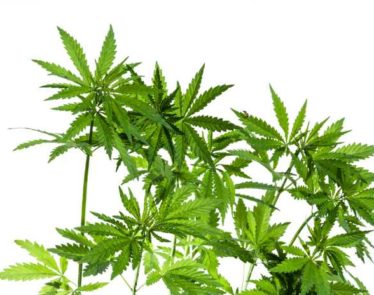
In the cannabis market, you will hear of THC (tetrahydrocannabinol) and CBD (cannabidiol). These are the two most significant properties found within the cannabis plant and are the reason we consume it.
Though both belong to the same family of properties called cannabinoids, they have vastly different effects on the body when ingested. Where CBD is a natural anti-inflammatory and relaxant (and is often used in medical practice), THC is its wild cousin—the property in the plant that gets you 'high' and is considered to have little-to-no medicinal benefits.
THC is also why different cannabis species—the two most common being hemp and marijuana—have different legal status. Because marijuana is high in THC, it is illegal in many jurisdictions around the world. Hemp, on the other hand, enjoys far more global acceptance because it has such minute levels of THC, it doesn't alter your state of mind.
In this article, we will go more in-depth into THC. We will touch on CBD but only as a contrast to THC. We will find out the science, the levels found within the cannabis plant, and the legal status of marijuana vs. hemp.
So let's dig in!
What is THC?

THC, or tetrahydrocannabinol, is one of at least 113 cannabinoids found within cannabis. Of these, THC is the principal psychoactive constituent of the plant.
In layman's terms and as mentioned above, 'psychoactive constituent' translates simply as the ingredient within cannabis that alters your state of mind or, more commonly, gets you high.
And just like people enjoy drinking alcohol to get drunk, many enjoy consuming marijuana in order to get high.
Recreational Market
In terms of the industry, the recreational market consists of cannabis—different strains of marijuana—that is high in THC. It is important to note that levels vary from strain to strain.
So when we talk about the recreational cannabis industry, we are talking about businesses focusing on cannabis for enjoyment. Therefore, plants with high levels of quality THC will cater the best to this industry.
>> Learn More About the Different Strains of Marijuana
Medical Market
The medical cannabis industry, on the other hand, has a need for CBD-rich cannabis (though, of course, the lines will, on occasion, blur). Hemp flower, as a result, caters to this industry better than marijuana, as it is naturally higher in CBD and far lower in THC.
The medical industry requires the health benefits of CBD for a myriad of treatments. More often than not, it's drugs and products don't require THC as the goal is not to get patients high.
How THC Works

THC stimulates the brain to release dopamine. In doing so it creates a feeling of euphoria. The compound also interferes with the part of the brain responsible for forming new memories, called the hippocampus.
Because of these reasons it can bring on hallucinations, change thinking patterns, and even cause delusions. The effects of THC last on average for two hours and begin anywhere between 10 and 30 minutes after consumption.
According to a marijuana chemistry expert at Terra Tech Corp:
"In some cases, reported side effects of THC include elation, anxiety, tachycardia, short-term memory recall issues, sedation, relaxation, pain-relief and many more."
Because of its significant effect on the brain, many scientists hold polarizing thoughts about THC. Some are concerned about the long-term effects, especially for those who use it consistently over many years.
Others believe, when used in moderation, the drug is safe and also that other types of cannabinoids, as well as terpenes, help to modulate and reduce THC's negative effects.
In general, because of the effects of marijuana, it is a popular drug, considered one of the most commonly used 'illicit' drugs in the world.
Marijuana: Indica and Sativa
Marijuana strains are commonly broken up into two distinct groups: Indica and Sativa. The difference between the two are as follows:
- Indica strains are believed to be more physically relaxing or sedating. As such, they are considered the most suitable for the evening time before bed or relaxing with a movie.
- Sativa strains are considered more invigorating or uplifting with more cerebral effects that bode well for physical activity or social occasions.
However, there's little scientific evidence to suggest that either strain exhibits "a consistent pattern of chemical profiles that would make one inherently sedating and the other uplifting."
Rather, this belief or assumption has come from years of use and perception of marijuana over time.
Legality

On October 17th, 2018, Canada passed a law making recreational marijuana entirely legal across the country. This means that now, there is no legal differentiation between THC and CBD or hemp and marijuana.
In the eyes of the Canadian law, cannabis—inclusive of all of its species—is entirely legal.
However, in the United States, it is a different story. The legality for both CBD and THC is regularly evolving. Marijuana and THC are on the list of controlled substances, so they remain prohibited under federal law.
Marijuana is only legal in certain states that have passed their own laws allowing it. This means THC-rich cannabis is only readily available or industrialized in states such as California where it enjoys full recreational legality.
>> What is the Difference Between Hemp and Marijuana?
Other states have passed cannabis-related laws that make medical marijuana with high levels of THC legal. One such example is Washington, DC. In such states, marijuana can only be prescribed by a licensed physician.
It is always worthwhile becoming familiar with the recreational and medical laws for marijuana use in your state. Across America, the law varies greatly state-to-state, so it can become confusing and, as stated, the law is always evolving. Although change is happening, slowly, at the state level in the United States, marijuana remains illegal federally.
Marijuana and Driving
According to reports from the National Highway Traffic Safety Administration, driving under the influence of marijuana is now the second biggest issue faced by law enforcement after alcohol. Because consuming THC can impair motor skills, driving while high is extremely dangerous.
For this reason, in jurisdictions where recreational marijuana consumption is legal, driving while high remains illegal. Given the same treatment as alcohol, a driver can face serious charges if found to be driving under the influence of marijuana.
Hemp
Industrial hemp farming now enjoys full federal legality across the US. This is thanks to the updated 2018 Farm Bill, which made hemp a legal commodity across the country. Therefore, CBD derived from hemp is now entirely legal and this industry is growing exponentially. As CBD does not need to come from marijuana and can be derived from hemp, it is enjoying total legal status in the US.
So there you have all you need to know about THC! Are you a marijuana consumer? Do you like the high or are you only interested in CBD?
Featured Image: DepositPhotos © Zerbor





